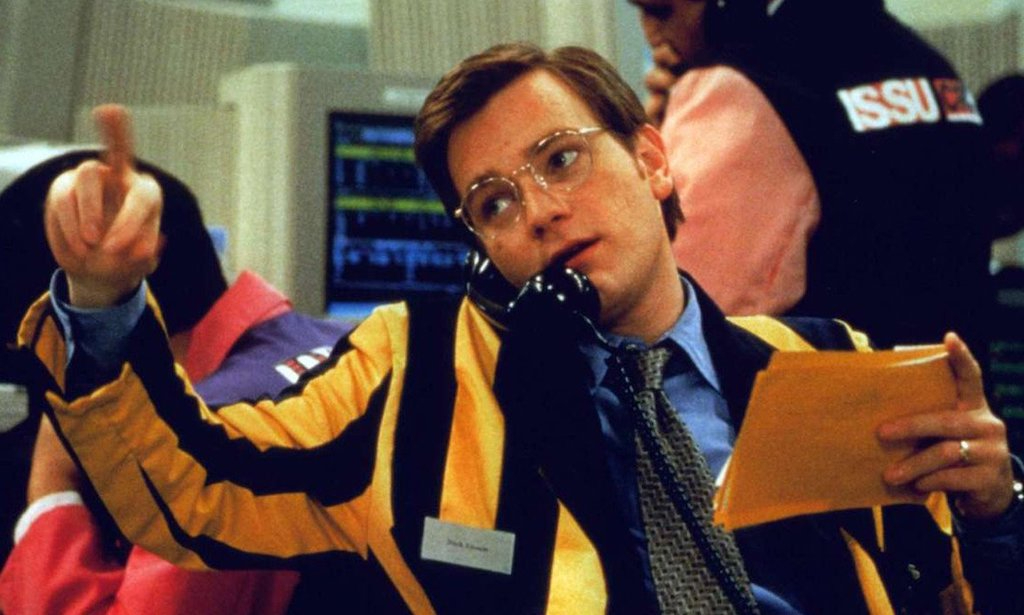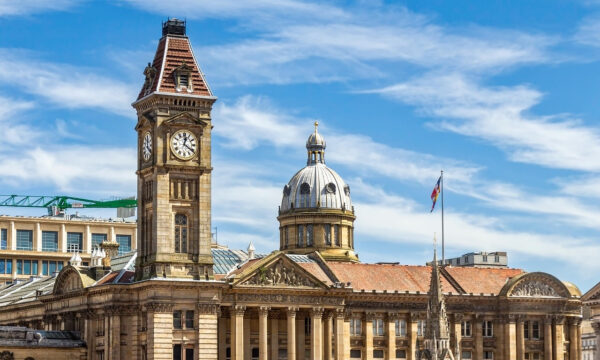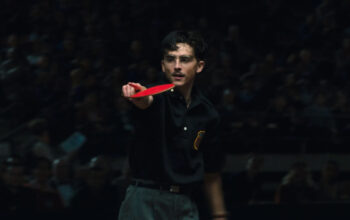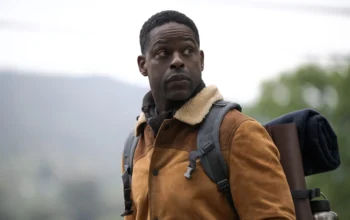The incredible true story behind Rogue Trader the movie

Every once in a while, a film will come along that shines a light on the vagaries, excitement and high drama of the world of global finance. There was Wall Street in the 1980s, while the 1990s brought the classic Ewan McGregor film, Rogue Trader. It follows the story of Nick Leeson, a trader with the now defunct Barings Bank in Singapore, whose risky strategies ended up bankrupting the legendary business.
The film has been described as one that is in “awe of the market“, as it follows the rise and fall of a plucky working-class chancer whose illegal chicanery ends up bankrupting one of the elite institutions of haute finance. But not many people know that it is also completely true. Here’s the incredible real-life story behind Rogue Trader.
The real story
First, a breakdown what actually happened and what it is that makes this story stranger than fiction. The timeline begins shortly after the stock market crash in 1987, at which point derivatives trading (involving the speculation of asset prices through buying and selling “contracts” on the market) really took off. During this time, Leeson was working as a trader for Barings Bank in Indonesia, where his ability to navigate this emerging market landed him a managerial position in Singapore.
Here, Leeson made a name for himself trading derivatives, using high-risk leveraged positions to exploit price differences between the Singapore International Monetary Exchange (SIMEX) and Japan’s Nikkei stock exchange. However, all was not what it seemed: Leeson was actually losing huge sums of money, which he began to cover up by recording the losses in a hidden account marked by the number 88888 – thought to be a lucky number in many Asian cultures.
Eventually, Leeson’s losses totalled more than £800 million, leading to Barings Bank suddenly realising that they were flat broke. Once Leeson’s actions were exposed, he attempted to flee to London, before being arrested at Frankfurt Airport and being extradited to Singapore to serve a six-year prison sentence. He was released early due to illness and went on to write the best-selling book that would form the basis of the film Rogue Trader.
What did Nick Leeson actually do?
Rogue Trader is a film that takes a highly stylised look at the Wild West of 1980s finance, with Leeson taking the position of a sort of plucky antihero. Anyone not familiar with finance might still be unsure as to what it is that the trader actually did.
As mentioned, his role was to trade leverage products known as derivatives. While he traded so-called futures contracts, with fixed buy-and-sell prices, a more commonly traded instrument today that is roughly equivalent is a contract for difference or CFD.
For those asking, “What is CFD trading?”, it’s worth pointing out that this, while carrying risk, are less risky than futures contracts. CFDs do not have expiration dates with pre-agreed prices, but can instead be traded just like other instruments, with market-based buy-and-sell prices.
Where Leeson went wrong was by following a strategy when trading his derivatives, using the Martingale system to essentially double his bets every time he lost, in the hope of clawing back his money. However, when the Japanese stock market tanked in 1995, all of his losses were instead increased several times over, which is how he went on to bankrupt Barings Bank.
Rogue Trader follows a long cinematic tradition of depicting international finance as a kind of Wild West, where besuited cowboys attempted to make their fortunes with no regard for the impact of their actions. Many similar films have come and gone since, but this one continues to best capture the greed-fuelled free-for-all that characterised the heady 1980s and 90s.
The editorial unit
























Facebook
Twitter
Instagram
YouTube
RSS